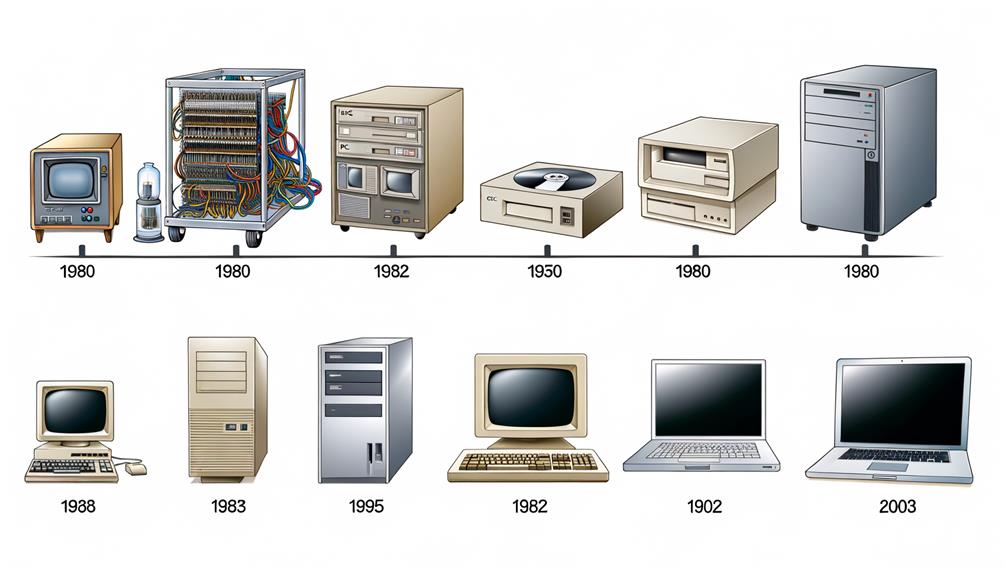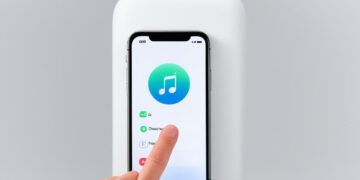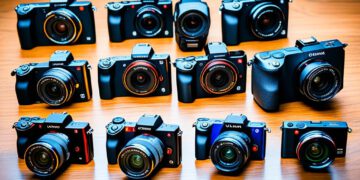Isn’t it a coincidence how you’re using a device whose roots trace back to the 1940s? As you navigate this digital world, you might not often think about the history of the personal computer. Yet, it’s a fascinating journey from the bulky, room-sized machines of the mid-20th century to the sleek laptops and smartphones we use today. This evolution has impacted everything, from our work environments to our daily communication.
What might the next leap in PC technology look like? That’s a question we’ll explore together.
The birth of computers: 1940s-1950s
Kicking off the 1940s, you’ll find the birth of computers, a revolutionary era that laid the groundwork for today’s digital world. The concept of a programmable machine wasn’t new, but it was during this decade that it started to materialize. You’d see the ENIAC, the first general-purpose electronic computer, unveiled in 1946. It was a monstrous machine, filling an entire room and consuming massive amounts of power, but it was a start.
Yet, the 1950s brought about significant changes, pushing the boundaries further. You’d witness the introduction of the UNIVAC, the first commercially available computer, and the IBM 701, marking IBM’s entry into the computing world. You’d see the transition from vacuum tubes to transistors, reducing size and increasing reliability. Programming languages, too, began to appear, making it easier for people to interact with these machines.
The birth of these early computers was no small feat. They were complex, expensive, and required a specialized skill set to operate. But they set the stage for the digital revolution that was to follow, transforming our world in ways that you couldn’t have imagined. And that’s just the beginning.
Microcomputers and PCs: 1960s-1970s
As the calendar flipped to the 1960s, the technological landscape began to shift dramatically, paving the way for the birth of microcomputers and personal computers in the following decade. You saw a shift in focus, with computing starting to become more personal. Instead of massive mainframes, you began to see smaller, more affordable computers that could fit on a desk.
Microcomputers, like the Altair 8800 and the Apple I, started popping up in the mid-1970s. You didn’t need a whole room for these machines; you could use them right in your home or office. They were a revelation, making computing accessible to far more people.
Yet, these early microcomputers weren’t as user-friendly as you might imagine. They required a lot of technical knowledge to operate, and weren’t exactly plug-and-play. Still, they were a significant step towards the personal computers you’re familiar with today.
The 1960s and 1970s were a time of remarkable innovation in the world of computing. It was a period that set the stage for the personal computer revolution that would explode in the following decades. But that, dear reader, is a story for the next chapter.
The PC revolution: 1980s-1990s
Diving headfirst into the 1980s, you’d witness the true birth of the personal computer revolution, with machines becoming increasingly user-friendly and affordable. IBM’s PC, introduced in 1981, became a gold standard, setting the stage for the PC’s dominance in the business world. Its open architecture allowed other manufacturers to create and sell clones, which led to fierce competition, dropping prices, and a surge in PC ownership.
By the mid-80s, Apple’s Macintosh carved out its niche by focusing on user-friendliness. It introduced the graphical user interface, making computers even more accessible to the average user. You could now navigate using a mouse and images, rather than typed commands.
As you moved into the 90s, you’d see the rise of Microsoft’s Windows operating system, which brought the Mac’s graphical interface to the PC world. At the same time, the sheer power of PCs skyrocketed, with processors becoming faster and memory larger. PCs weren’t just for work anymore – they began to be used for entertainment, education, and more. The PC revolution, it seemed, was unstoppable.
As the 90s closed, you’d be left anticipating what the new millennium would bring to the world of computing.
The rise of Internet and mobility: 2000s
Stepping into the new millennium, you’d quickly notice the profound impact of the internet and the surge in mobile technology, dramatically reshaping the landscape of personal computing. The internet’s widespread adoption meant you no longer needed to be physically tethered to your computer. It was now all about connectivity, and the PC’s role shifted from a standalone device to a gateway to the online world.
Mobile technology took a giant leap forward in the 2000s with the introduction of smartphones. You could now carry a mini-computer in your pocket, capable of not just making calls but surfing the web, sending emails, and running apps. This era also saw the rise of Wi-Fi, making it easier for you to stay connected whether at home, at work, or on the go.
Adding to this, the 2000s brought you social media platforms like Facebook and Twitter, changing how you interact, communicate, and share information. Broadband connectivity became the norm, and streaming services like YouTube and Netflix began to emerge. So, while the PC remained an essential tool, it was clear that its monopoly was over. The age of internet and mobility had arrived.
Current trends and future predictions: 2010s-Present
Building on the technological advancements of the 2000s, the last decade has brought even more dramatic shifts in personal computing, with growing trends and future predictions painting an exciting picture of what’s to come. You’ve seen the surge in mobile computing, with smartphones and tablets becoming essential tools in your daily life. You’ve witnessed the rise of cloud computing, allowing you to access your data anywhere, anytime.
Artificial intelligence and machine learning have also weaved their way into personal computing. Your PC now learns from your behaviors, predicts your needs, and even interacts with you through voice commands. You’re no longer just a user, but an integral part of your computer’s learning process.
What’s more, virtual and augmented reality are transforming the way you interact with your PC. You’re not just limited to a screen; now, you can immerse yourself in a digital world or enhance the real world with digital elements.
Looking ahead, the lines between physical and digital reality will continue to blur. Your PC will become increasingly personalized, adaptive, and intuitive. It’s an exciting time to be part of this ever-evolving journey. The future of personal computing isn’t just about technology, but about you.
Conclusion
You’ve journeyed through the evolution of PCs, from their birth in the 1940s to the current trends and potential future developments. PCs have dramatically transformed, from colossal machines to handheld devices, impacting our daily lives significantly.
With advancements in internet and mobility, computers continue to evolve. Who knows what the future holds?
Rest assured, the journey of PCs isn’t over, and you’ll be right there to witness the next chapter in their fascinating history.










